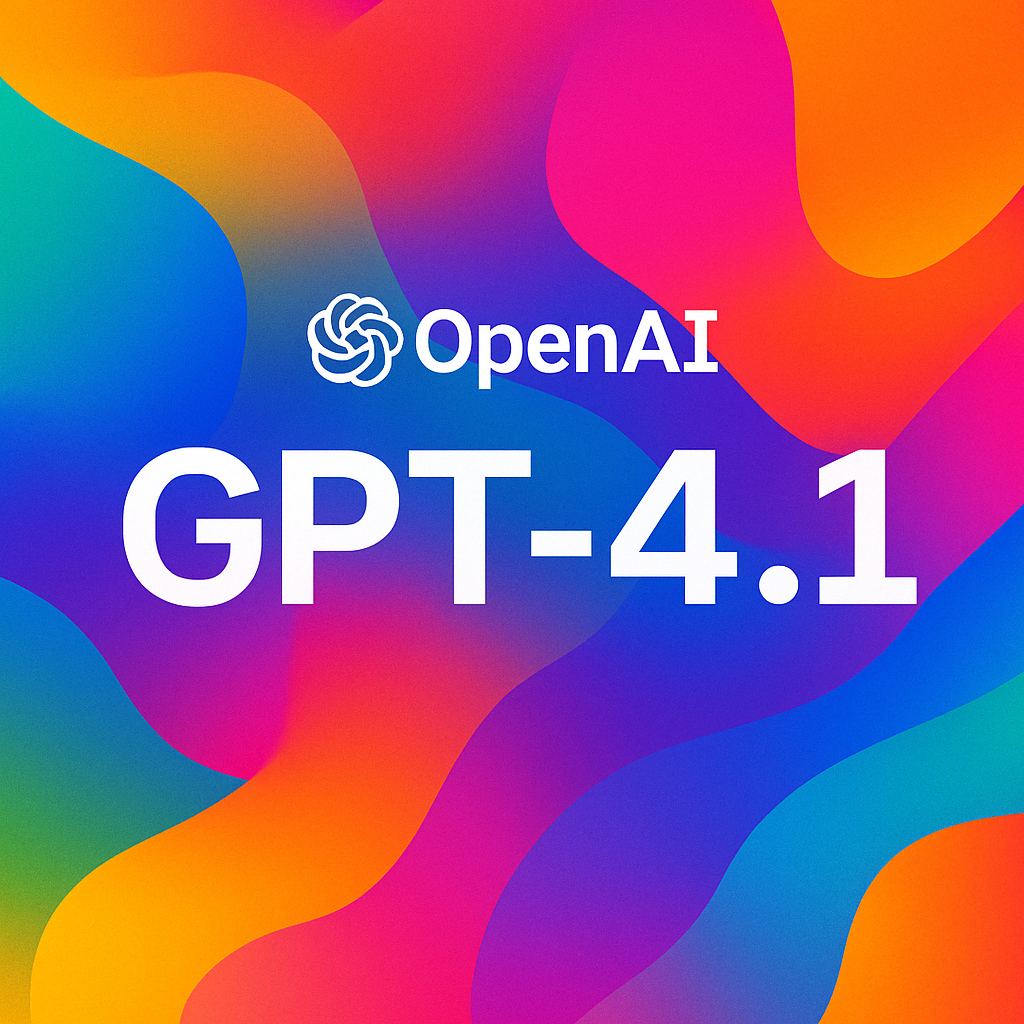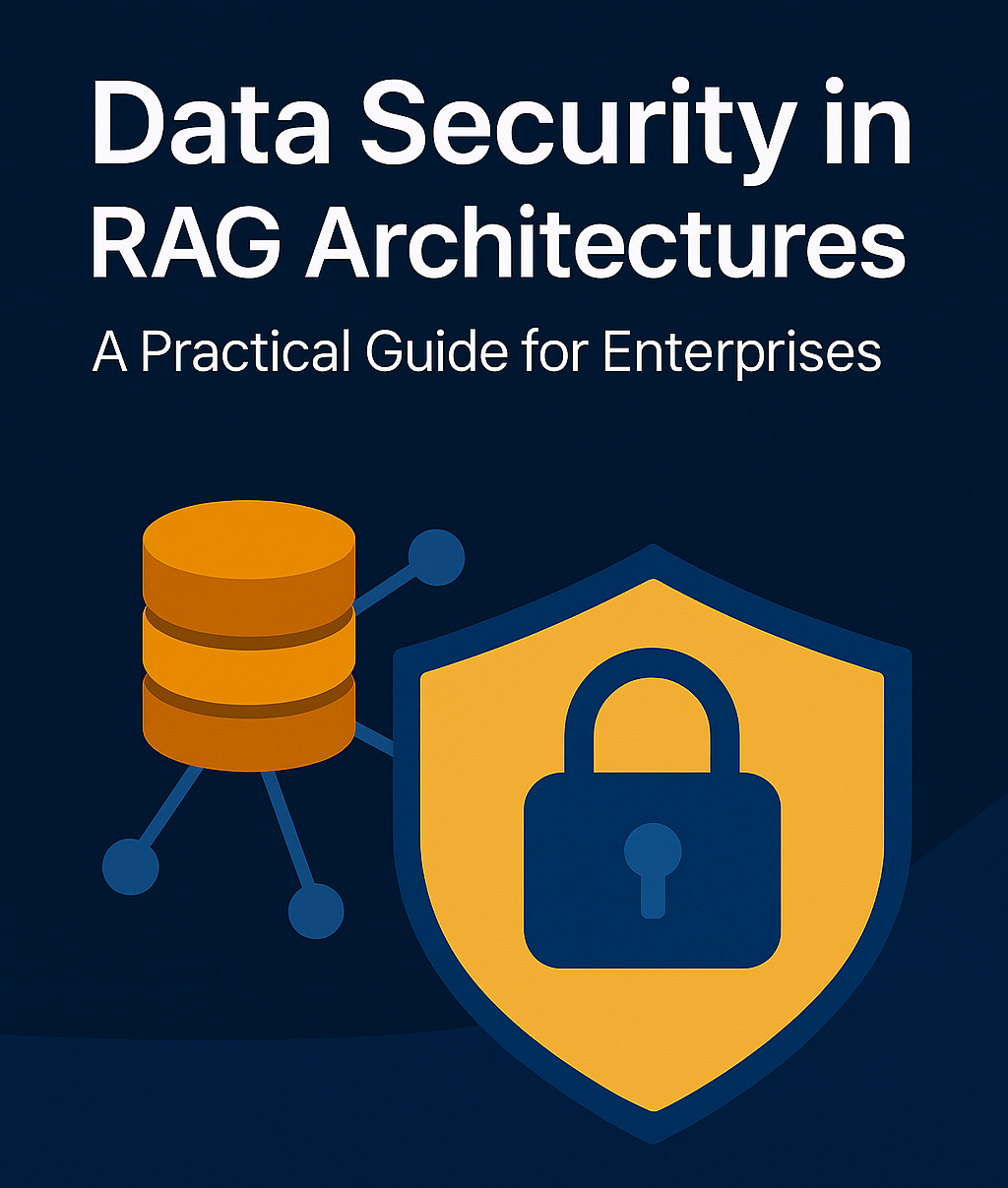
Navigation
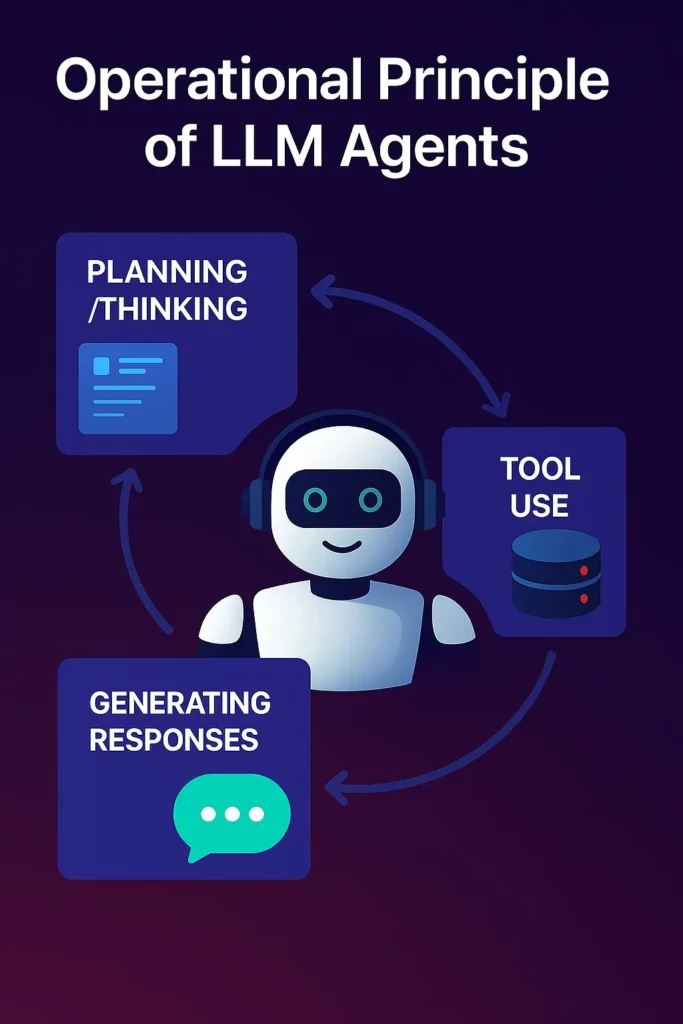
Large Language Model (LLM) agents enhance the capabilities of standalone LLMs by incorporating memory and autonomy. Unlike basic chatbots that forget previous interactions after each response, an agent can remember and learn from previous steps or conversations. This memory capability allows agents to handle long-term tasks, offer personalized interactions, and manage increasingly complex reasoning processes over time. An AI assistant that remembers user preferences or follows multi-step plans is significantly more beneficial compared to an assistant requiring constant context reminders.
However, adding memory to LLM agents is not a simple task. It requires specialized architectural components to store information beyond the model’s fixed context window, retrieve the correct information when needed, and update this information dynamically.
Operational Principles of LLM Agents
LLM agents are fundamentally large language models equipped with decision-making loops. This capability enables agents to autonomously plan actions, utilize tools, and produce multi-step outputs beyond simple, one-off interactions. A basic chatbot merely responds to the user’s latest message, whereas an agent conducts multi-step reasoning processes. Typically, agents plan actions using the chain-of-thought method, execute these actions (such as calling tools or APIs), observe the outcomes, and determine subsequent steps before delivering a response to the user. This loop can involve multiple LLM calls for a single user query. For instance, when an agent receives the message, “Hello, today is my birthday!” the process unfolds as follows:
- Planning/Thinking: The agent first uses the LLM to evaluate the user’s statement. It may try to recall whether it knows the user or has birthday information about them, or it might decide to search its memory for this information.
- Tool Usage: It can invoke a memory query tool to check if the user’s profile or previous conversations confirm the birthday information. If the memory tool verifies that today is indeed the user’s birthday, this information becomes usable.
- Response Generation: Finally, the agent creates a personalized response such as, “Happy Birthday! It’s great to see you, [Name]. I hope you’re having a wonderful day!” incorporating the user’s name retrieved from memory.
This autonomy is made possible by the LLM’s capability to follow prompting instructions and examples to make decisions. Frameworks like LangChain and AutoGen commonly implement this through prompting strategies such as ReAct (Reason+Act). This method prompts the LLM first to produce a “Thought,” followed by an “Action” (for example, search_memory). The LLM “plans” its actions in natural language, which are then analyzed and executed by the agent framework. Tools are functions that the agent can invoke. By incorporating tool outcomes into the next LLM prompt, the agent executes its plan step by step.
Prompting plays a critical role: an agent’s prompt typically begins with a system message defining the agent’s role and available tools, followed by the current conversation or context and the user’s query. The output from the LLM is analyzed: if it’s an action, the agent executes it and adds the result back to the prompt; if it’s a definitive response, the loop concludes. This cycle is repeated as necessary to address complex queries. At each step, the agent must track its actions and what it has learned—this is where memory comes into play.
Memory integration can occur in two ways:
- Prompt Context: The agent’s past interactions or retrieved information are included in the LLM’s input context (e.g., conversation history). Thus, the LLM considers previous information when planning the next step or response.
- Tool-Based: The agent can explicitly use memory operations such as Recall or StoreMemory. For instance, the agent might invoke a tool saying, “I need to remember this information,” and store it in long-term memory. Later, another tool can retrieve the relevant information. Such tool-based memory usage is sometimes referred to as self-editing memory, as the agent manages its memory content through LLM calls.
Memory in LLM Agents
LLM-based agents structure their memory under two primary categories:
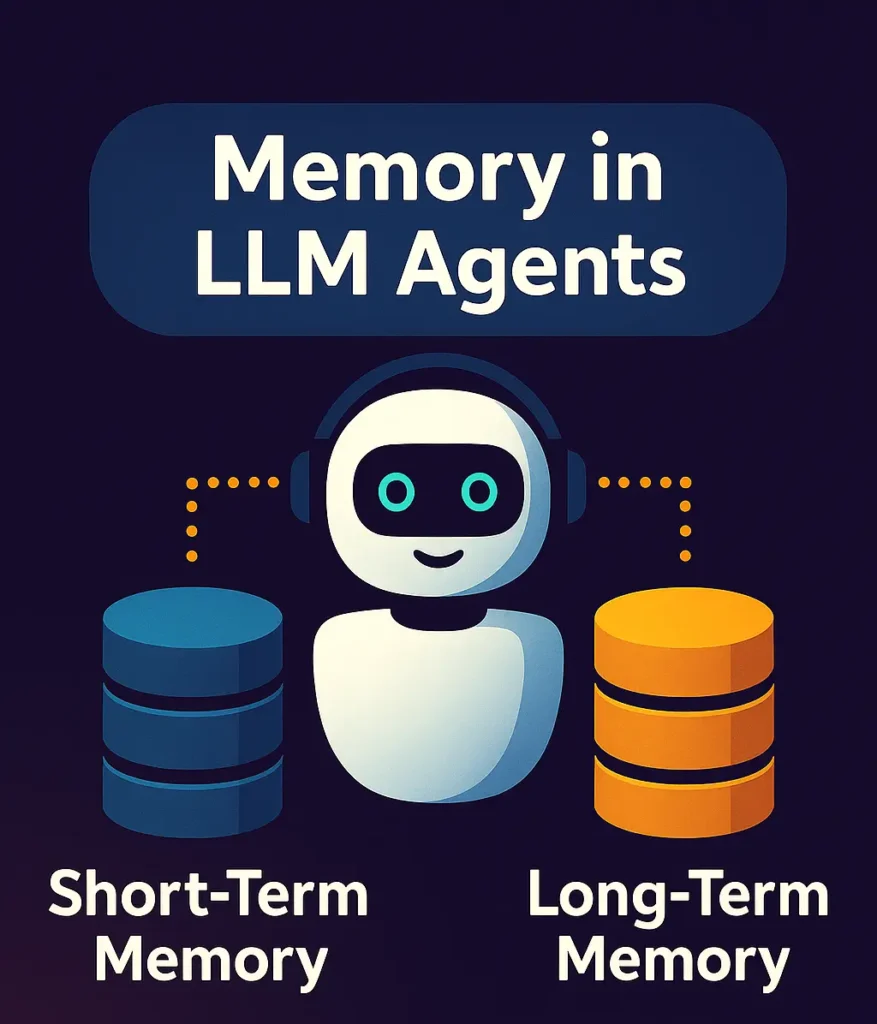
Short-Term Memory (STM)
Short-term memory is the working memory that an LLM agent uses during a specific task or conversation session, holding information that fits within the LLM’s context window and is immediately needed. Typically, this includes the last few messages from the ongoing conversation, intermediate inferences, or results from recent tool calls.
In practice, short-term memory is generally stored in variables or lists and appended to the prompt in each interaction cycle. For example, LangChain’s ConversationBufferMemory retains all conversation messages as a list. Similarly, LangChain’s ConversationBufferWindowMemory maintains only the most recent few messages, helping preserve current context without exceeding token limits. STM is temporary; information held in memory usually gets erased after the conversation or task completion unless explicitly transferred to external storage.
Long-Term Memory (LTM)
Long-term memory encompasses information that needs to be preserved beyond the current context window or across different conversation sessions. It includes facts learned by the agent, user profile information, or prior experiences that could influence the agent’s future decisions.
Implementing long-term memory requires external storage since the internal context windows of LLMs are limited. Common solutions include databases and vector databases. For example, LangChain and LangGraph integrate with vector databases for long-term data storage, while CrewAI uses simpler databases like SQLite stored on disk for persistent memory. Long-term memory typically operates through retrieval methods: the agent searches memory when needed and adds retrieved information back into its short-term context. From this perspective, long-term memory acts as a memory extension system, allowing the agent to remember more than it could internally.
Why Both Types of Memory are Necessary
Short-term memory ensures the agent stays informed about its current state and task. Without it, an agent quickly loses context and struggles to provide coherent responses. Long-term memory, on the other hand, stores information acquired over time for future use. These two types of memory complement each other: short-term memory helps the agent focus on current conversations or tasks, whereas long-term memory guarantees critical facts and events are not forgotten. If either memory type is missing or insufficient, the agent’s performance suffers. For instance, consider an agent designed to answer questions about a long document; without long-term memory, it won’t recall earlier sections as the context window progresses. Conversely, without short-term memory, it may become inconsistent even after a few messages.
Practical STM and LTM Usage
In practice, current LLM agents’ short-term memories are often constrained by the token limits of their respective models. When the conversation or logical flow exceeds these limits, developers must decide which information to retain or discard. Methods such as windowed context or summarization can be employed in such scenarios. In long-term memory, storage limitations aren’t an issue, but efficiently retrieving accurate information from large datasets poses a challenge. Semantic retrieval methods, especially embedding-based searches, become essential here, allowing quick access to the correct information.
Procedural, Semantic, and Episodic Memory
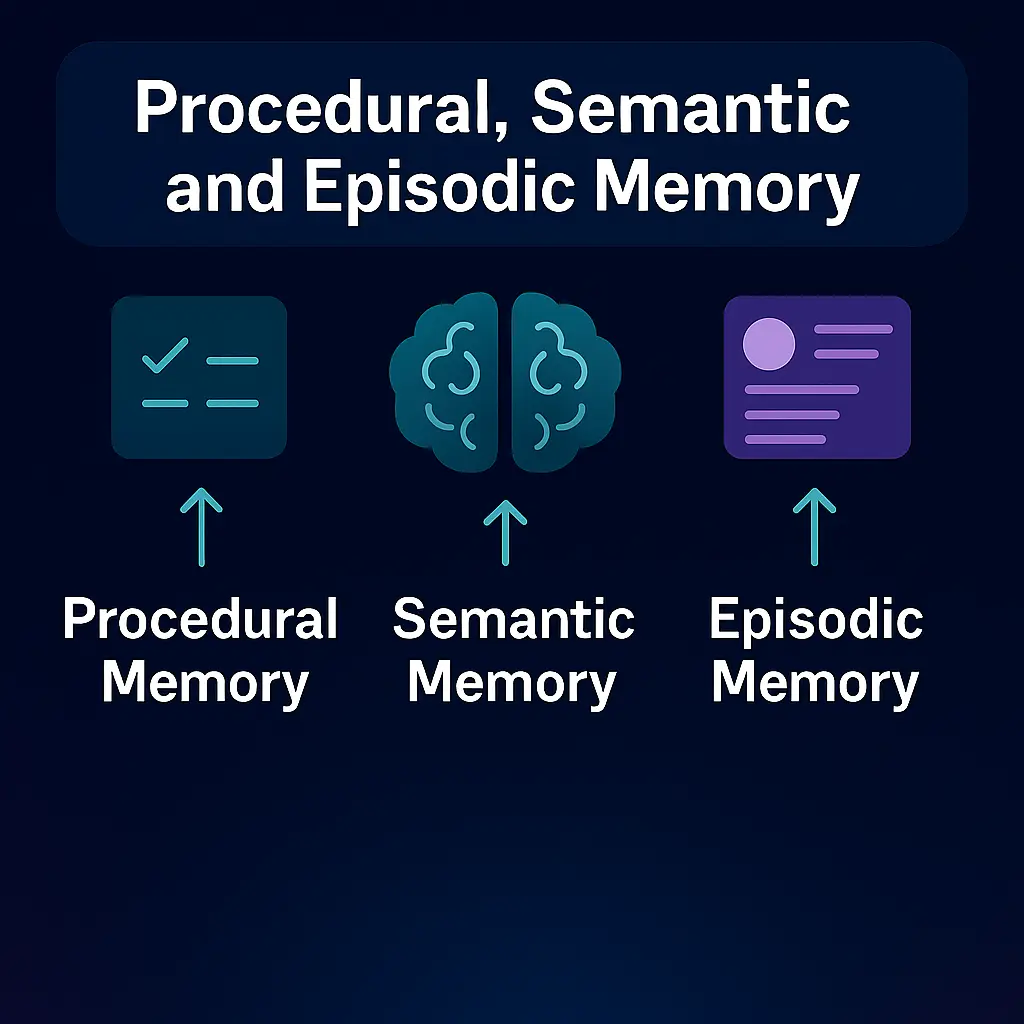
Studies inspired by human memory typically categorize memory into procedural, semantic, and episodic types. These concepts can be applied to design different memory modules in LLM-based agents.
Episodic Memory
Episodic memory pertains to the memory of past experiences and episodes. In humans, it refers to the ability to remember a specific event in detail. For LLM agents, episodic memory means maintaining a history of past interactions.
For example, a conversational agent might store previous interactions or the steps taken during problem-solving as episodic memory. This ensures context continuity, allowing the agent to recall previous user queries or responses, thus engaging in more fluent and relevant dialogues. Episodic memory is usually considered intertwined with short-term memory; practically, this is implemented through few-shot prompting or summarizing past interactions. If an agent needs to replicate a sequence of steps accurately, previously successful sequences provide examples—thus episodic memory guides agent behavior.
Semantic Memory
Semantic memory holds facts, concepts, and general knowledge about the world. In human memory, it includes information learned in school and relationships between concepts. In LLM agents, semantic memory can be viewed as factual information stored in an external knowledge base, such as facts, definitions, or concepts stored in a knowledge graph or vector database.
Semantic memory in LLM agents can be internal or external:
Internal Semantic Memory: Knowledge learned by the LLM during pre-training, encoded within its weights.
External Semantic Memory: An external knowledge base queried for up-to-date or detailed information.
For personalization, semantic memory can store and recall user-specific information (such as names and preferences). In practice, semantic memory is usually maintained as structured facts, such as key-value stores ({“user_name”: “Alice”, “birthday”: “January 1”}), or vector databases allowing embedding-based similarity queries. Upon invocation, agents retrieve relevant semantic information to include in their prompts or context. Semantic memory is persistent and long-term. Many frameworks implement this using Retrieval-Augmented Generation (RAG), effectively treating the entire knowledge base as semantic memory.
Procedural Memory
Procedural memory involves remembering how to perform tasks or skills. In humans, it is associated with the ability to perform actions automatically, such as riding a bicycle. For LLM agents, procedural memory includes rules, policies, or processes that the agent follows to accomplish tasks. From an abstract viewpoint, the LLM’s own weights and chain-of-thought examples or agent codes constitute procedural knowledge.
Analyses suggest that attention mechanisms learned by transformer models represent procedural memory, as the model learns how to generate subsequent tokens based on training patterns. More concretely, system prompts and agent scripts form procedural memory. For instance, an agent’s system prompt might instruct, “If the user asks about weather, first call the Weather API, then format the response in a sentence,” exemplifying procedural knowledge.
Compared to episodic and semantic memory, procedural memory is less flexible to modify at runtime and usually set during design. In summary, procedural memory blends LLM capabilities and programmed logic, with modifications generally requiring model updates or prompt adjustments.
Combined Use of Memory Types
These three memory types typically coexist and complement each other. For example, a software coding assistant might:
Use procedural memory to recall specific task sequences and rules, ensuring proper workflow (e.g., “compile the code before testing” or “validate user inputs first”).
Use semantic memory to store structured information like API documentation, user configurations, or FAQs, retrieving them when needed.
Use episodic memory to remember previous coding sessions, recognizing attempted solutions or user coding styles.
When designing an LLM agent, creating systems that encompass all necessary memory types enhances performance and user interaction.
Memory Architectures and Techniques in LLM Agents
Short-Term Memory Techniques
Conversation Buffers
The simplest form of memory involves using a buffer to hold recent messages or interactions and continuously feeding these back to the LLM. This approach leverages the LLM’s inherent capability to process sequences of messages and maintain context. Most conversational agents use this as their default method.
Full Conversation Buffer
This method stores the entire conversation history from the beginning and prepends it to each new query. For instance, the ConversationBufferMemory provided by the LangChain library works this way, retaining all messages sequentially. Hence, the model always remembers past dialogues. However, the main disadvantage is token cost; as conversations lengthen, repeatedly feeding growing histories to the model increases token usage, latency, and cost. Furthermore, this approach isn’t scalable for very long dialogues—consistently fitting a 100-page conversation into a 4K token context window is impractical.
Windowed Buffer
In this method, only the most recent N messages are retained. LangChain’s ConversationBufferWindowMemory exemplifies this approach well. For example, if the window size is 5, it retains only the latest 5 message pairs, discarding older messages. This limits memory size and cost but risks losing older context. It’s effective when older topics rarely resurface; however, important details may be forgotten if earlier discussions become relevant again.
Token-Limited Buffer
Some implementations manage memory by limiting the total token count instead of a fixed message count. LangChain’s ConversationTokenBufferMemory enforces a token threshold by discarding the oldest messages when necessary, providing greater flexibility when messages vary widely in token usage.
Structured Message History
Agents typically clearly label past messages, indicating who said what (e.g., “User: …”, “Assistant: …”). This helps the LLM distinguish its own messages from user inputs. Additionally, some systems incorporate events such as tool outputs or special notes into this history. For example, an agent may store previous web search results as: “Tool Output: [web search result]”. Proper formatting and inclusion of this data in the buffer are key aspects of good agent design.
Advantages and Disadvantages
Conversation buffers are simple and straightforward, effectively leveraging the LLM’s ability to handle sequential context. Particularly effective in short dialogues, they serve as a foundational method for coherent multi-turn interactions. However, they don’t solve true long-term retention issues; eventually, buffers fill up or truncate, causing the agent to forget older information. Additionally, continually expanding message histories can lead to unnecessary token consumption beyond a certain point. Consequently, developers typically combine buffers with summarization or external memory systems to enhance their effectiveness.
Long-Term Memory Techniques
Summarization and Episodic Memory Compression
A popular technique to address the challenge posed by continuously growing conversation histories is summarization. The fundamental concept involves condensing important information from previous interactions or task steps into a shorter summary, which is then included in the context instead of the full text. This provides the model with an episodic memory summary.
For example, consider an AI agent engaging in a lengthy conversation comprising 50 messages with a user. By the 51st message, it may no longer be feasible to resend the entire message history to the model. In such cases, the agent can produce a summary of the conversation.
This summary is significantly shorter than the full conversation history yet retains critical details. Subsequently, the agent uses only this summary along with the most recent messages to maintain context.
LangChain provides the ConversationSummaryMemory module specifically for this approach. This module leverages the LLM to continually update a running summary of the conversation as new messages arrive. The summary itself functions as long-term memory within the ongoing conversation.
Advantages
- Summarization significantly reduces token usage while preserving essential information.
- Enables nearly unlimited conversation length by continuously generating updated summaries.
- Provides cleaner memory by filtering out redundant or trivial details.
Disadvantages
- The quality of the summary is critical; a flawed summary may omit critical details or include inaccuracies.
- Additional LLM calls needed for summary generation can increase computational costs and processing overhead.
Despite these drawbacks, summarization remains highly effective and practical for episodic memory management in long dialogues or multi-step processes.
Virtual Memory and Operating System Approach in AI Agents: The MemGPT Example
MemGPT reimagines memory management in AI agents through an operating-system-inspired approach. It addresses one of the greatest limitations of Large Language Models (LLMs)—their constrained context windows. MemGPT overcomes this limitation using a concept analogous to “virtual memory” in operating systems. Consequently, it dynamically manages long conversations or extensive documents by shifting information in and out of active memory.
Notable Features of the MemGPT Approach
- Tiered Memory Structure: It employs a two-layer memory model comprising a fast but limited core memory and a larger yet slower archival memory. The LLM’s context window serves as the core memory, while archival memory is stored externally in a database.
- Dynamic Memory Management: The agent dynamically determines what information is crucial at any given moment and includes it within the context window, offloading less immediate data to archival memory. When needed, it retrieves information from archival memory back into core memory. This mechanism resembles paging and interrupts used in operating systems.
- Interrupt-Driven Processing: In MemGPT, the LLM can pause generation processes to access memory, a novel approach compared to standard token generation, enabling continuous and uninterrupted long dialogues.
Applications of MemGPT
- Large-Scale Document Analysis: Documents too extensive for the context window can be managed incrementally.
- Long-Term Conversational Agents: Systems capable of recognizing users over weeks or months and seamlessly resuming interactions.
- Complex Task Management: Integrating and managing information from diverse sources, such as knowledge bases or narrative documents.
MemGPT facilitates the creation of sophisticated, dynamic, and persistent memory management systems, enabling continually learning AI agents beyond basic memory layers.
Hybrid Memory Models
Hybrid approaches aim to combine multiple memory mechanisms to leverage the strengths of each. These models help reduce the complexity of memory management and produce more effective results.
Parametric and non-parametric memory:
Alongside fine-tuned LLMs, hybrid systems often include external memory components that enable dynamic access to information. This allows the agent to both retain persistent knowledge and retrieve up-to-date content. At the agent level, this means an LLM may possess certain information directly through fine-tuning, while also querying an external database when specific content is needed.
Symbolic + Neural memory:
The agent may use symbolic memory for structured data (e.g., name, age in form-like fields) and neural, vector-based memory for unstructured conversations or long-form text. This is especially useful when separating user profile information from conversational history.
Summarization + Vector memory:
By summarizing each day’s interactions and storing those summaries in a vector database, the system maintains short and meaningful entries instead of raw conversations. This makes it easier to manage long-term histories.
Any combination that solves a specific memory-related challenge is valid. Developers often craft creative hybrid solutions. For instance, factual knowledge for precise queries could be stored in a knowledge graph, while general interaction history is saved in vector memory. Upon receiving a query, the agent may first search the knowledge graph and then retrieve relevant contextual information from vector memory.
Hybrid models with multiple LLMs:
Another emerging hybrid technique involves using multiple LLMs in tandem. For example, a smaller model may continuously monitor conversations and generate summaries, while a larger model handles active dialogue. This division of labor improves system efficiency. The smaller model updates the memory in the background, functioning almost like a subconscious process. Microsoft’s AutoGen framework supports such multi-agent structures.
Application Scenarios
From a technical perspective, the ideal memory integration solution depends on the project’s context and requirements. For example:
- Enterprise Knowledge Bases: RAG-based agents
- Personalized Assistants: Hybrid systems
- Long-Term Interactive Applications: Long-term memory models supported by summarization
The rise of hybrid systems enables LLM agents to deliver smarter, more efficient, and user-centric memory solutions by combining the strengths of different techniques. This trend highlights the growing importance of memory architecture in the future of AI systems.
Keep Reading
AI That Works Like You. Get Started Today!
Get in Touch to Access Your Free Demo

